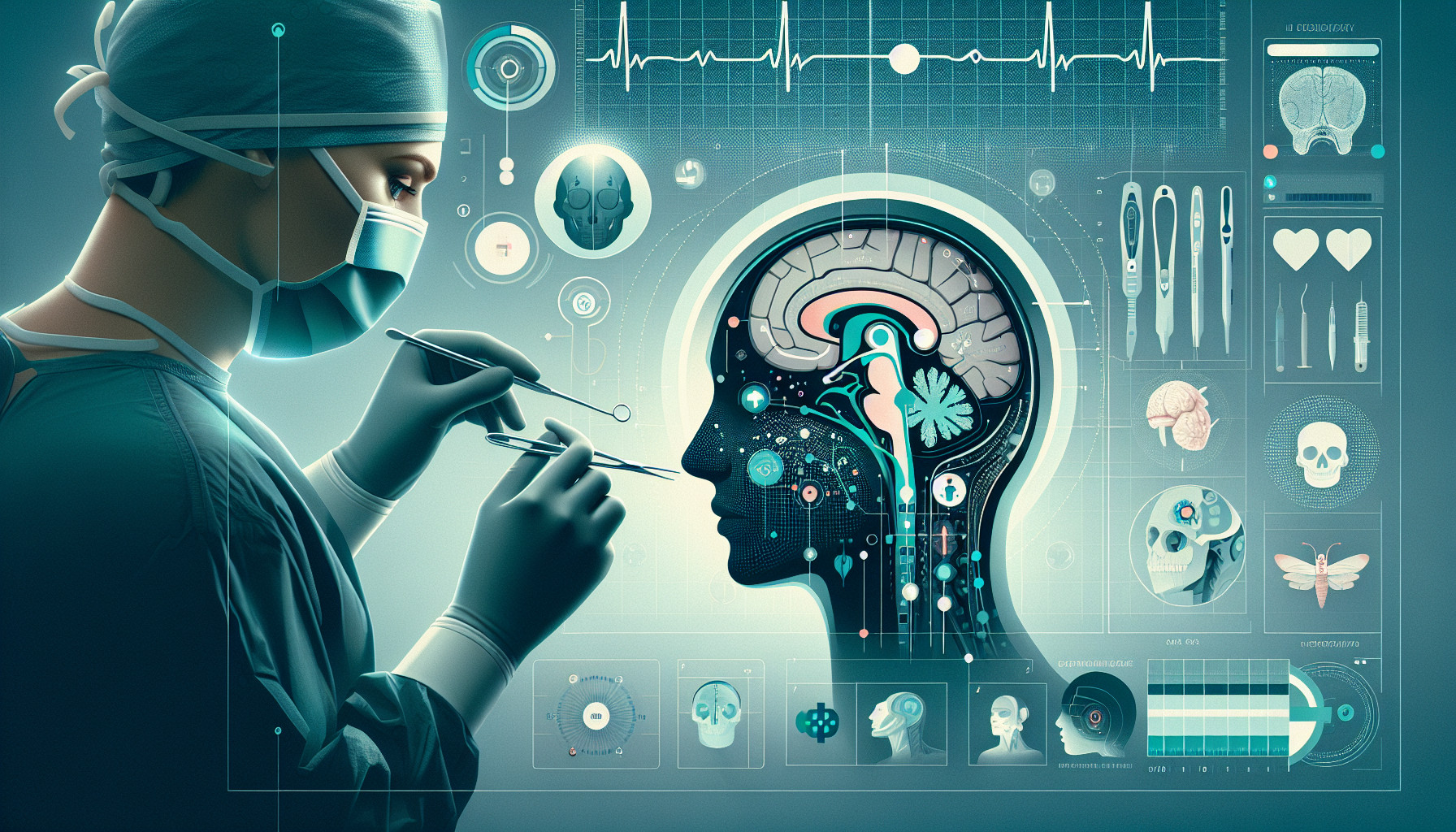Our Summary
This research paper is a review of current information on the use of photobiomodulation therapy (PBMT) in the field of oral and maxillofacial surgery (surgery relating to the mouth, jaw and face). PBMT is a type of light therapy that’s been shown to be effective for various post-surgical conditions, such as pain relief, improved chewing, nerve recovery, and wound healing. The study looked at all original articles related to PBMT for oral surgery from a variety of research databases until December 2018.
From the 46 clinical trials included in this study, the researchers found that PBMT was most effective for pain reduction after tooth extraction when using specific physical properties: a wavelength of 650-980 nm, power of 4-300 mW, and energy density of 3-85.7 J/cm2. For reducing facial swelling, PBMT was effective with a wavelength of 660-910 nm, power of 4-500 mW, and energy density of 2-480 J/cm2. And with the same wavelength and power range but an energy density of 4-106 J/cm2, PBMT was effective for treating trismus (restricted jaw movement) after tooth extraction.
The authors noted that most studies suggested PBMT was effective in reducing pain, swelling, and trismus after the extraction of third molars (wisdom teeth), and in aiding nerve recovery after jaw surgery. However, they also pointed out that the standards for laser parameters varied across studies, so the results should be interpreted with caution. Nonetheless, they believe this review can provide useful guidance for future research and clinical applications.
FAQs
- What is photobiomodulation therapy (PBMT) and how is it used in oral and maxillofacial surgery?
- What specific physical properties of PBMT were found to be most effective for pain reduction after tooth extraction?
- What were the key findings of the research review on the use of PBMT in oral and maxillofacial surgery?
Doctor’s Tip
A helpful tip a doctor might tell a patient about maxillofacial surgery is to consider incorporating photobiomodulation therapy (PBMT) into their post-surgical treatment plan. PBMT has been shown to be effective in reducing pain, swelling, and trismus after oral surgery, as well as aiding in nerve recovery. Patients should discuss with their healthcare provider the specific parameters for PBMT that have been shown to be most effective, such as wavelength, power, and energy density, to ensure they receive optimal benefits from this therapy.
Suitable For
Patients who may benefit from maxillofacial surgery include those with:
- Impacted wisdom teeth that are causing pain, infection, or damage to surrounding teeth.
- Jaw misalignment or malocclusion that is affecting speech, chewing, or facial appearance.
- Facial trauma resulting in fractures or injuries to the jaw, teeth, or facial bones.
- Temporomandibular joint (TMJ) disorders causing pain, clicking, or limited movement of the jaw.
- Oral cancer or tumors affecting the mouth, jaw, or face.
- Sleep apnea or other breathing disorders related to the structure of the mouth and throat.
- Congenital abnormalities or developmental issues affecting the growth and development of the face and jaw.
- Chronic pain conditions such as trigeminal neuralgia or facial nerve disorders.
- Dental implants or reconstructive surgery to restore missing teeth or facial structures.
- Cosmetic concerns such as facial asymmetry or protruding chin that can be corrected through orthognathic surgery.
Timeline
Before maxillofacial surgery, a patient may experience symptoms such as pain, swelling, and restricted jaw movement. The decision to undergo surgery is typically made after consultation with a maxillofacial surgeon and thorough evaluation of the patient’s condition.
After maxillofacial surgery, a patient will undergo a recovery period that may involve pain management, swelling reduction, and rehabilitation exercises. In some cases, photobiomodulation therapy (PBMT) may be used to help with post-surgical symptoms such as pain, swelling, and trismus. PBMT involves the use of specific wavelengths of light to stimulate healing and reduce inflammation.
Overall, the timeline for a patient before and after maxillofacial surgery involves pre-operative consultation, surgery, and post-operative recovery. PBMT may be used as part of the post-operative care to help improve outcomes and speed up recovery.
What to Ask Your Doctor
- How can photobiomodulation therapy (PBMT) benefit me in my specific oral and maxillofacial surgery procedure?
- What specific wavelengths, power levels, and energy densities of PBMT have been shown to be most effective for pain relief, swelling reduction, and nerve recovery in oral surgery?
- Are there any potential risks or side effects associated with PBMT in the context of my surgery?
- How many PBMT sessions will I need before and after my surgery, and what is the recommended treatment schedule?
- Can PBMT be combined with other post-operative treatments or therapies to enhance my recovery?
- What are the expected outcomes and recovery timeline with the use of PBMT in my surgery?
- Are there any specific precautions or guidelines I should follow before and after receiving PBMT treatment for my surgery?
- How will the effectiveness of PBMT be monitored and evaluated throughout my recovery process?
- Are there any specific criteria or conditions that might make me ineligible for PBMT in my oral and maxillofacial surgery?
- Can you provide any additional resources or information about PBMT and its application in oral surgery for me to review?
Reference
Authors: Hosseinpour S, Tunér J, Fekrazad R. Journal: Photobiomodul Photomed Laser Surg. 2019 Dec;37(12):814-825. doi: 10.1089/photob.2019.4712. Epub 2019 Nov 21. PMID: 31750798
